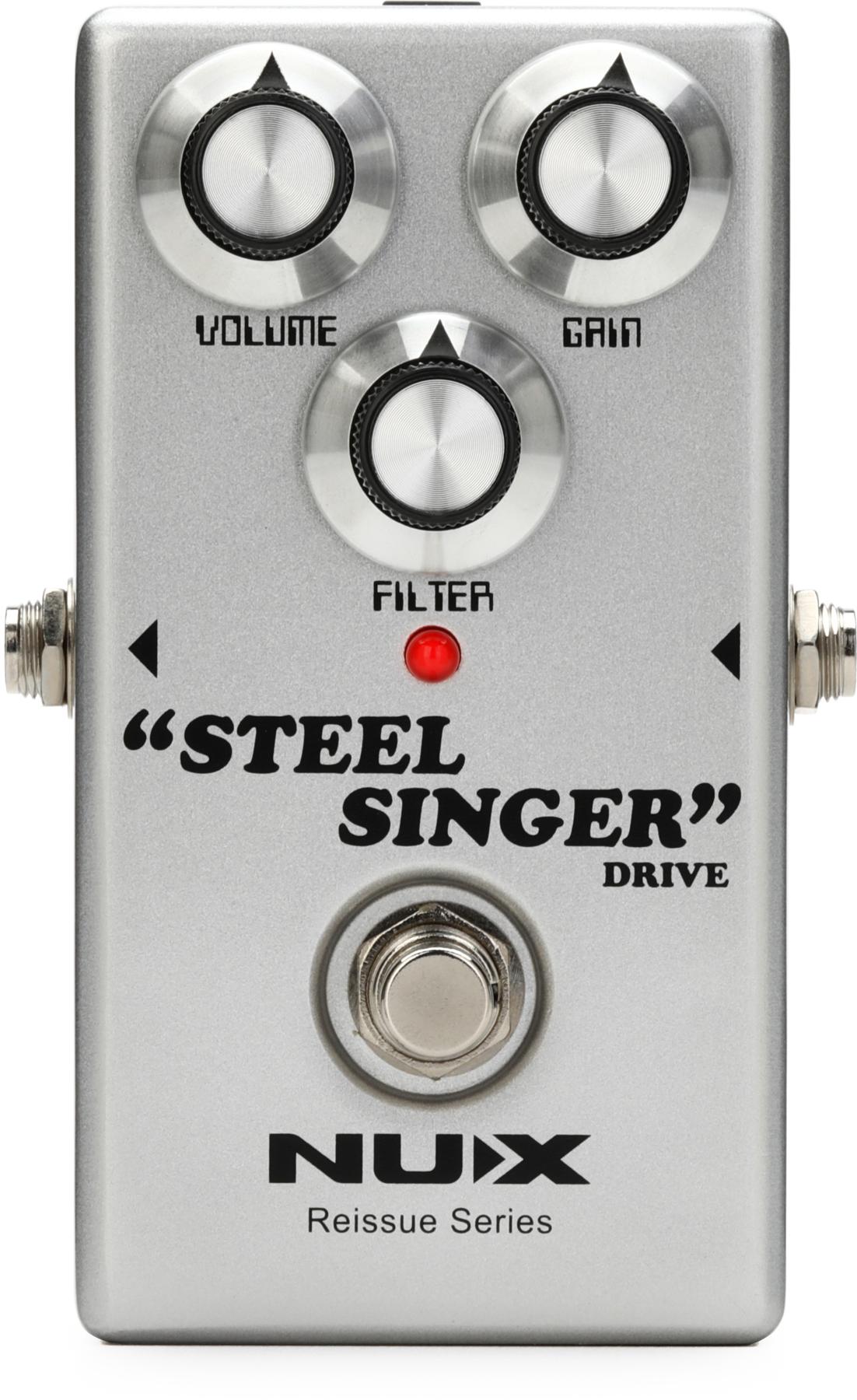Chops: Intermediate
Theory: Intermediate
Lesson Overview:
• Understand the elements of a IIm–V7–Im progression.
• Create lines using basic guide tones and arpeggios.
• Learn how to use the super Locrian scale over the V7 chord.
Click here to download a printable PDF of this lesson's notation.
The minor IIm-V7-Im progression often has people guessing. On the one hand, these chords can be found in a major scale, and that’s totally acceptable—but as soon as you start exploring some of the different modes of minor scales, you can find sounds that you won’t get from your basic garden-variety major scale. What’s even better is that it’s simple to do and is a matter of changing just a few notes to make it happen.
First, let’s define what makes up a IIm-V7-Im progression. Usually the IIm chord is a half-diminished, or minor 7b5 chord (1–b3–b5–b7). Basically, like the name implies, you can think of this as a minor 7 chord with a lowered 5. The V7 chord is always dominant and often sports a #5 (1–3–#5–7). The reason for the #5 is to make sure no chord tones conflict with the melody. Finally, we end with a minor-major 7 chord to not only confirm we are in a minor key, but to give the chord a little more interest than a typical minor 7 chord. Check out Fig. 1 to see two examples of ways to play a simple minor IIm-V7-Im progression.

One great technique to play melodically over this progression is to connect the musical dots via the 3rd and 7th of each chord. The 3rd and 7th of a chord is all you need. Think of it as the “heart and lungs” of the chord, and the other notes (even the root) are extra. If we add an interesting rhythm to the notes you can come up with something like you see in Fig. 2. It’s a minimalist sound, but effective.

In Fig. 3, we’ll add the other two notes of each chord’s arpeggio, the 5th and the root. These notes will always work over this progression, and are a great foundation for getting through these—or any—chord changes.

Now let’s get creative with some modes. I’m a big fan of harmonic minor, as two of its modes—Locrian natural 6 on the IIm chord and Mixolydian b9b13 on the V7 chord—sound great when used over this progression. As you can see in Fig. 4, even if you simply run the modes, they work as is. That’s because the chord tones are being emphasized on the downbeats. Think of it as playing the arpeggios, but adding some more notes to “dress it up” a bit.

And now we’ll get even more creative in Fig. 5! Keep in mind that the more you keep the chord tones on the downbeats, the more your lines will sound like you are “making the changes.”

Now let’s look at the melodic minor scale. My favorite technique is to take a super Locrian (aka altered) scale and play it over the V7 chord. One of the beautiful things about melodic minor is its flexibility. This mode of melodic minor has a dominant 7 arpeggio as well as every available tension: b9, #9, b5, #5. (Other modes of melodic minor are great for playing over dominant 7 chords as well, but that’s another lesson for another time.) Fig. 6 is an example of a progression in C minor that uses G super Locrian (Ab Melodic Minor) on the V chord.

As you can see, there are a lot of options for soloing over minor IIm–V7–Im progressions. Take your time and work out the different options you have. Happy improvising!
 Amanda Monaco has performed at the Blue Note, The
Kennedy Center for the Performing Arts, and the JVC Jazz Festival, as
well as other venues in the United States and Europe. Her quartet,
Deathblow, combines free-bop sensibilities with through-composed pieces
that are equal parts textural, adventurous, and whimsical. Amanda has
served on the faculty of Berklee College of Music, New School
University, and the National Guitar Workshop and is the author of Jazz
Guitar for the Absolute Beginner (Alfred Publishing). For more
information, visit amandamonaco.com.
Amanda Monaco has performed at the Blue Note, The
Kennedy Center for the Performing Arts, and the JVC Jazz Festival, as
well as other venues in the United States and Europe. Her quartet,
Deathblow, combines free-bop sensibilities with through-composed pieces
that are equal parts textural, adventurous, and whimsical. Amanda has
served on the faculty of Berklee College of Music, New School
University, and the National Guitar Workshop and is the author of Jazz
Guitar for the Absolute Beginner (Alfred Publishing). For more
information, visit amandamonaco.com.






















